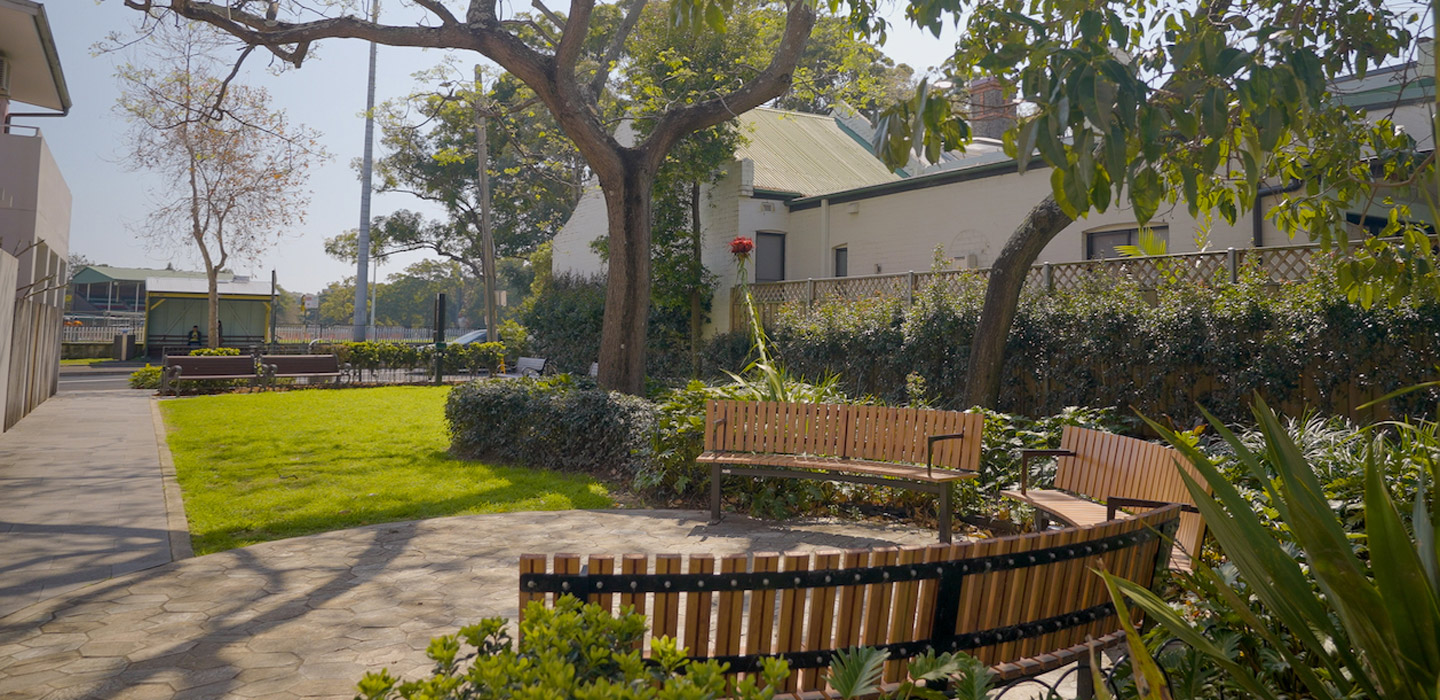
09 Nov Tiny pocket parks make a big impact on urban living
Miniature-sized parks could help insert more public recreational spaces into our cities.
In growing cities, where we need to squeeze the most out of every parcel of land, where do we find the space for new parks and other outdoor recreational areas?
 Some inner-city councils are turning to pocket parks. These miniature versions of parks can look like their larger counterparts – some seating, plants, and shade for passers-by to relax – but they’re noticeably tiny in scale, typically no bigger than a few hundred square meters. But don’t let their small size fool you – they’re more than just a gimmick.
Some inner-city councils are turning to pocket parks. These miniature versions of parks can look like their larger counterparts – some seating, plants, and shade for passers-by to relax – but they’re noticeably tiny in scale, typically no bigger than a few hundred square meters. But don’t let their small size fool you – they’re more than just a gimmick.
Dr Mike Harris, Senior Lecturer in Urban Design and Landscape Architecture from the School of Built Environment at UNSW Arts, Design & Architecture, says despite their small stature, pocket parks dramatically enhance the quality of life for the communities around them.
Making public space more accessible
Pocket parks often pop up in dense urban areas where space for larger public parks is both costly and limited. In Sydney, many already exist around the inner west, and more are under construction in the eastern suburbs, where smaller public spaces weren’t historically considered in planning regulations.
Most pocket parks are created opportunistically by repurposing underutilised land without undertaking large-scale redevelopment. In some cases, local governments may purchase an existing lot of land, usually dilapidated or unsuitable for commercial development, to replace it with a park. But the simpler way is to reclaim a portion of the street.
“The idea behind pocket parks is to get more out of the space we have in cities, and the ideal place in the existing public domain is our street network,” Dr Harris says. “Usually, that’s a closure to cars and converting a small portion of the street into a useable recreational space that the whole community can enjoy.”
 Unlike one large-scale park, several smaller pocket parks can be inserted strategically throughout a neighbourhood to help increase accessibility and usage of public space.
Unlike one large-scale park, several smaller pocket parks can be inserted strategically throughout a neighbourhood to help increase accessibility and usage of public space.
Pocket parks also benefit the environment by introducing more greenery and tree cover, which may be difficult to find in urban areas.
“Our urban areas are getting hotter, and we know one of the ways we can mitigate against that is through trees that have a cooling effect,” Dr Harris says. “Pocket parks can help us find additional space to develop and expand the canopy cover for our cities.”
The parks themselves can also be tailored to the local community’s needs. For example, a pocket park in a town centre might be more like a plaza with some tables and seating for workers, while a more residential type might have some play equipment for children.
While pocket parks alone may not be the silver bullet for liveability, more public space for the community is beneficial, even on a small scale.
Photos: Jake Willis UNSW (Sydney)

